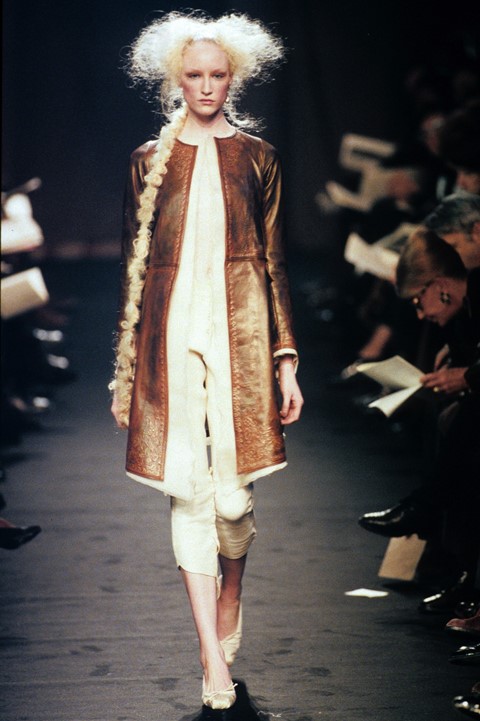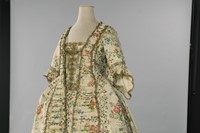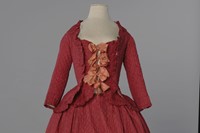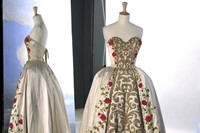Universal and unchallenged, the longstanding belief that Paris is a superior voice in fashion can largely be traced back to the 18th century – when the bourgeois sense of dress was so excessive it appeared to pre-empt its own demise by reaching a
Universal and unchallenged, the longstanding belief that Paris is a superior voice in fashion can largely be traced back to the 18th century – when the bourgeois sense of dress was so excessive it appeared to pre-empt its own demise by reaching a height of decadence which remains unsurpassed. The comparatively simple and modest designs which followed, though practical, failed to match the fantasy or escapism offered by their predecessors and so it comes as no surprise that the clothing which romanticised the French Revolution is still a point of reference for designers today.
In celebration of the dialogue between the two centuries, Musée Galliera have joined with The Palace of Versailles to exhibit The 18th Century Back in Fashion, showcasing 50 creations designed by contemporary design houses influenced by the 18th century, including Chanel, Dior, Balenciaga, Maison Martin Margiela and Azzedine Alaïa. The exhibition also coincides with the 100th anniversary of the Chambre Syndicale de la Haute Couture.
The royal chateau places the exhibition in significant historical context. Its European peers imitated the fashions of the French court, many of which were made popular by Marie Antoinette, including low necklaces, decoration in the form of bows and lace as well as the imposing panniers, which extended the width of the skirt. It was also where Rose Bertin – considered by many to be the first French fashion designer and credited with drawing haute couture to the public’s attention – was introduced to the young Queen and became responsible for creating many of Marie Antoinette’s lavish dresses.
But despite being a compulsory form of dress, traditional court wear has proved to be a rich source of inspiration for modern designers, and diversely interpreted. Vivienne Westwood and Christian Lacroix explicitly referenced the era with voluptuous skirts and embellished beehives respectively, while the late Yves Saint Laurent refined his creations opting for black and white, and Jean Paul Gaultier turned the classical designs upside down – quite literally – the hoops beneath his dresses were overturned.
However, it is Azzedine Alaïa who is the highlight of the exhibition. Refusing to succumb to the pressures of the industry, it is a rare opportunity to see the designer’s exquisite workmanship up close – his recent Paris show was his first in eight years. A vocal critic of the fast-paced nature of fashion, the Tunusian inadvertently paid tribute to the artistry on display at the exhibition, “Creativity should be the only concern. But today there is no time for creativity; nobody has time to create a special silhouette or a special fabric. We can hire people to design all day long and then fabricate what they design and sell and sell and sell — but that has nothing to do with fashion.”
The 18th Century Back in Fashion runs until October 9, 2011 at the Palace of Versailles, Paris.
Text by Fiona Cook



